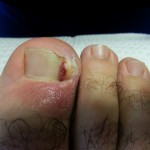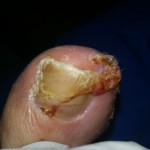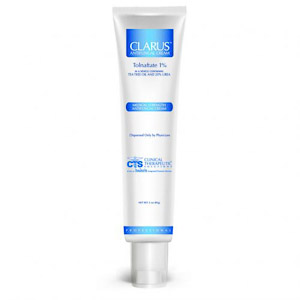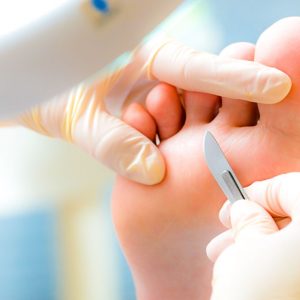- Ingrown Nail with localized cellulitis
- Ingrown nail with localized cellulitis and proud flesh
Ingrown Nails
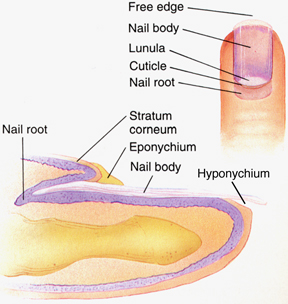
Anatomy of a Nail
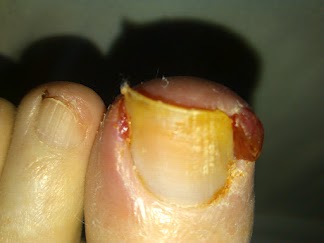
Ingrown Nail with Pyogenic Granuloma
Treatment of Ingrown Nails
In some people it is possible to reduce the risk of ingrown nails by cutting the toenails in a particular way. In other people it is almost impossible to prevent ingrown toenails with out surgically removing a portion of the nail. A wedge resection or slant back of the nail border can be done as a temporary fix. The wedge resection is done by removing the section nail from the nail border at a steep angle making sure that all of the nail is removed and one smooth edge of the nail is all that is left. It is very difficult for the average person to perform this procedure correctly with standard nail nippers. Cotton pushed under the corner of the nail can be effective for some very minor cases.
Surgery for Ingrown Nails
-
For most people that have severe ingrown nails they are difficult to trim and surgical intervention is required. Chronic ingrown nails causing infections and pain require removing a portion of the nail or the entire nail. Here is some criteria to consider before making a decision.
- Is the nail otherwise healthy?
- Is the nail ingrown on both sides?
- How long is there between ingrown nails?
- What is the general shape of the nail?
- How deep does the nail grow into the borders.
- Is the toe causing an increase in pressure along the nail fold.
The problem can be fixed permanently (matrixectomy) or temporarily (avulsion) As a podiatrist with more than a decade of experience, it is difficult justifying a temporary procedure unless there is a severe infection around the ingrown nail or this was a one time event. In these cases it can be beneficial to perform a partial or complete avulsion.
The matrixectomy either partial or complete is a permanent solution to the problem. The most common and least intrusive way of performing this procedure is by removing the problematic nail and killing the root with a medication. The medication destroys the root of the nail, so there is no more nail growth in that area.
For both the avulsion and matrixectomy post operative care is very similar. You are able to walk immediately after the procedure but the patient is required to keep the area clean and covered. Soaking and dressings for the wound after the procedure are mandatory, but the times do vary depending on the circumstances prior to the procedure.

